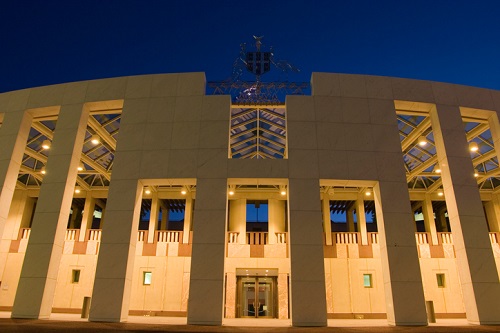
In September, principals slammed the Federal Government’s $4.5bn school funding fix as “extremely disappointing”, claiming that the nation’s public schools had been “completely forgotten”.
And despite the National Catholic Education Commission (NCEC) welcoming the Prime Minister Scott Morrison’s announcement, it conceded that the government’s changes “go a long way to fixing problems caused by the model introduced in 2017”.
Peter Goss, school education program director at the Grattan Institute, said the good news from the announcement is that the Federal Government accepted all the recommendations of the NSRB’s Chaney review of how socio-economic score is calculated.
“By 2029, funding for all non-government schools will be based on the same formula. In my view, this transition process is longer and much more expensive than needed but at least it gets us to the right spot,” Goss wrote in The Conversation.
“The bad news is the new deal undercuts itself. Some $1.2bn has been set aside to keep school fees ‘affordable’, among other priorities. But the fund is only available to Catholic and independent schools. In other words, all schools are equal but some are more equal than others.”
Goss said that while the $1.2bn fund was intended as a political fix to the “main Catholic sticking point” that parents in advantaged Catholic primary schools could not afford to pay increased fees, new analysis shows they can.
“There are just over 1,200 Catholic primary schools across Australia. In 2016, all of them had fees below $4,000. Under the Gonski/Chaney model, the Federal Government would reduce funding to schools with high-income parents, meaning fees would need to rise,” Goss said.
“Fees would not need to rise at schools serving low-to middle-income families because their government funding would continue to grow.”
According to the analysis, only about 160 Catholic primary schools (one in eight) would need fee hikes of at least $2,500 to compensate for their reduced levels of government funding.
By contrast, more than 800 (three in five) would need only minimal fee increases or even get more government funding.
“Media stories typically focus on Catholic primary schools where fees might need to rise by $4,000 or more. These schools are outliers, but they underpinned the Catholic campaign against the government,” Goss said.
“Yet under Chaney – when parental capacity to contribute is based on income rather than where parents live – just 36 schools [one in 30] fall into this category. And the reason their fees would rise so much is because the parents can afford it.”
Goss said few Catholic primary schools need big fee hikes under a fair and needs-based funding model.
“The parents that would have to pay more can afford it. And their fees would still be less than half what independent-school parents typically pay,” he said.
“Every government dollar should be spent where it will make most difference. The Coalition’s school funding fix is a good deal for Catholic and independent schools. It’s a bad deal for the rest of us.”


